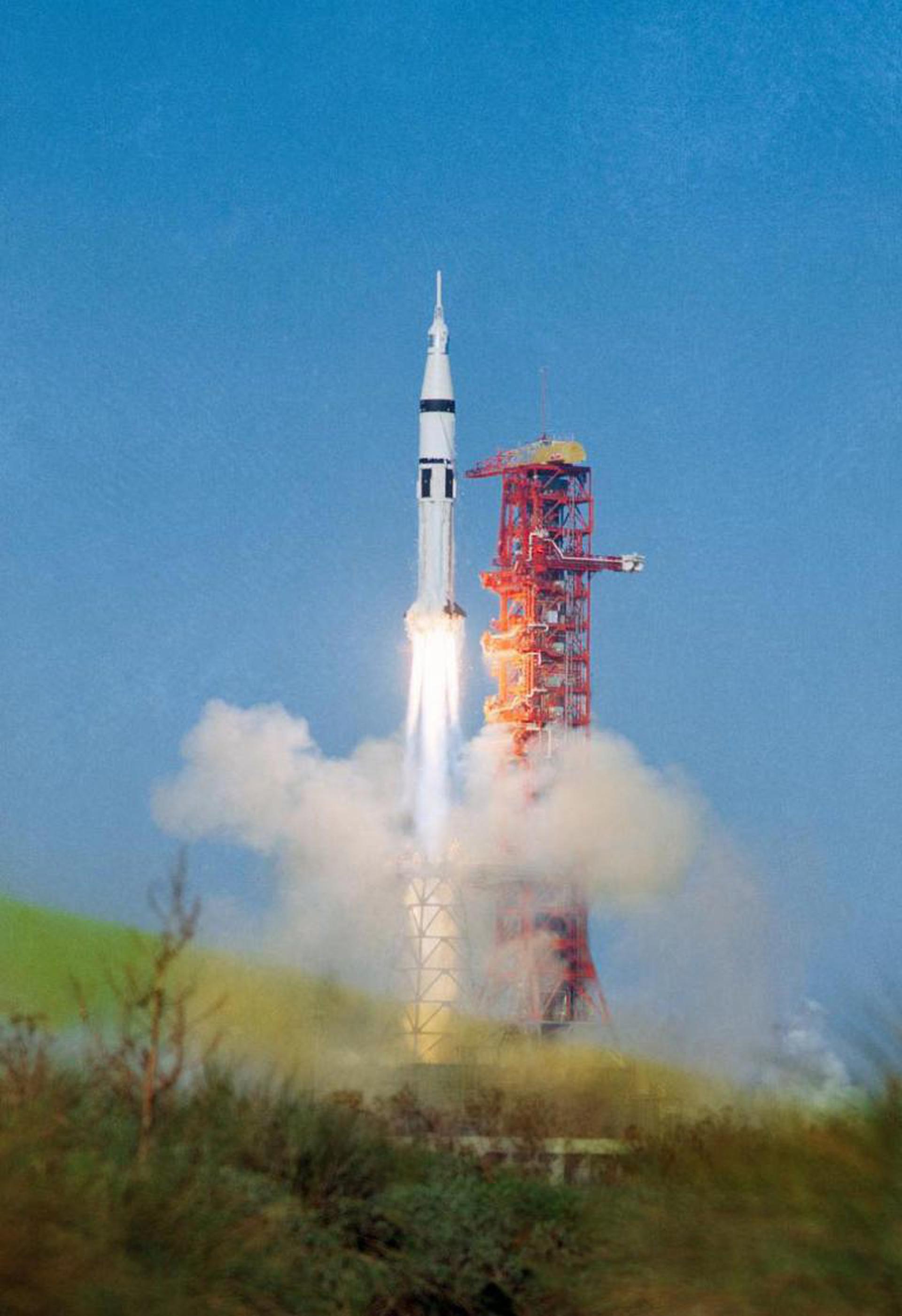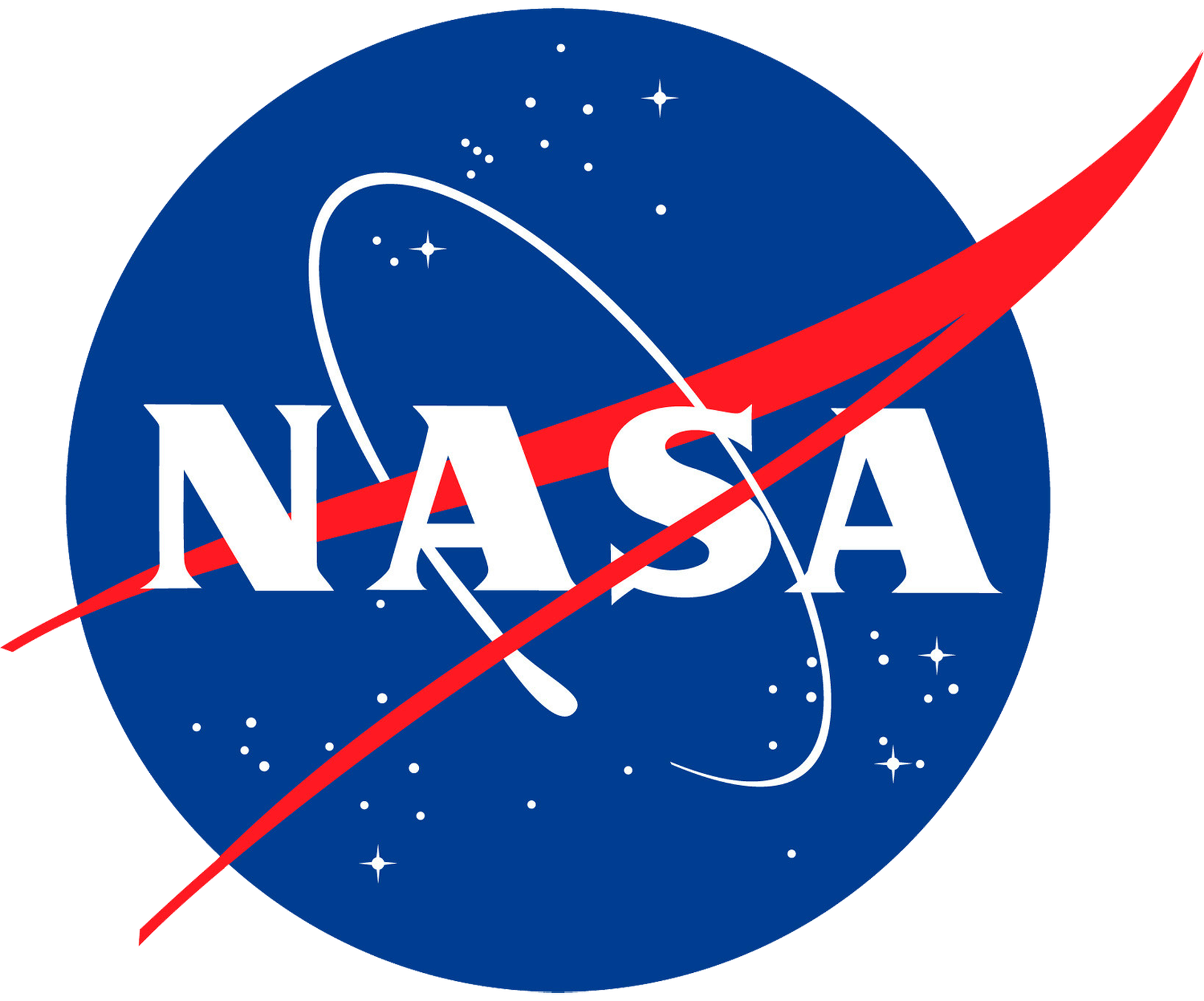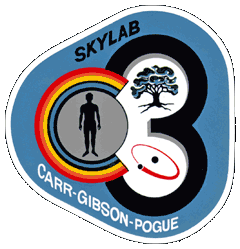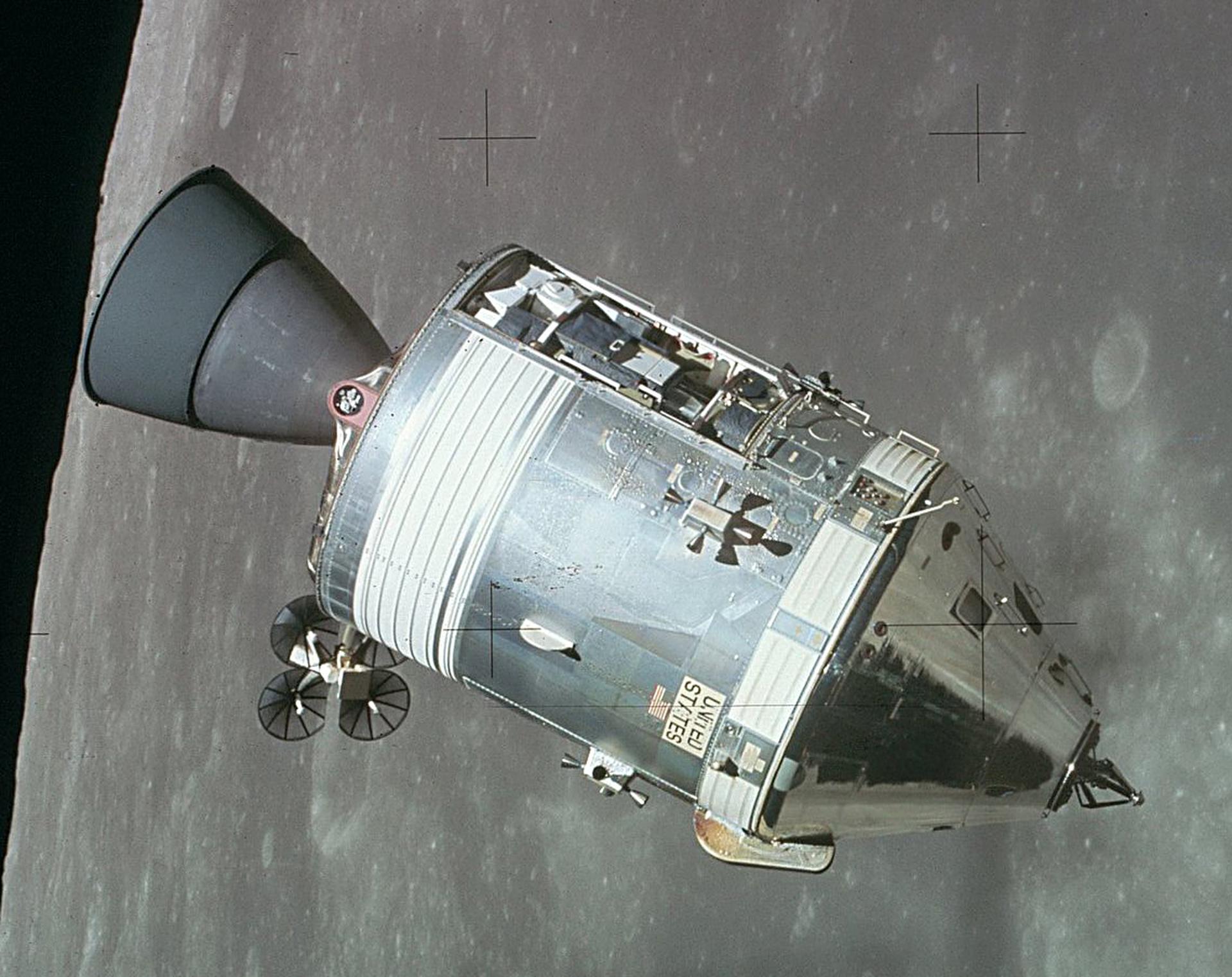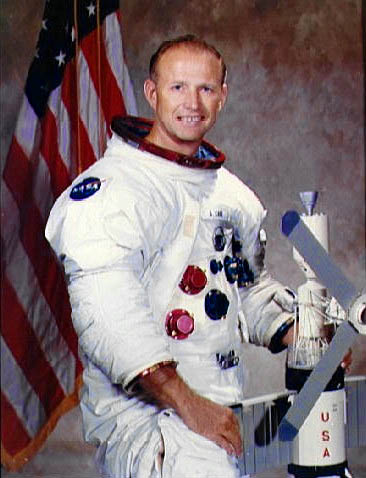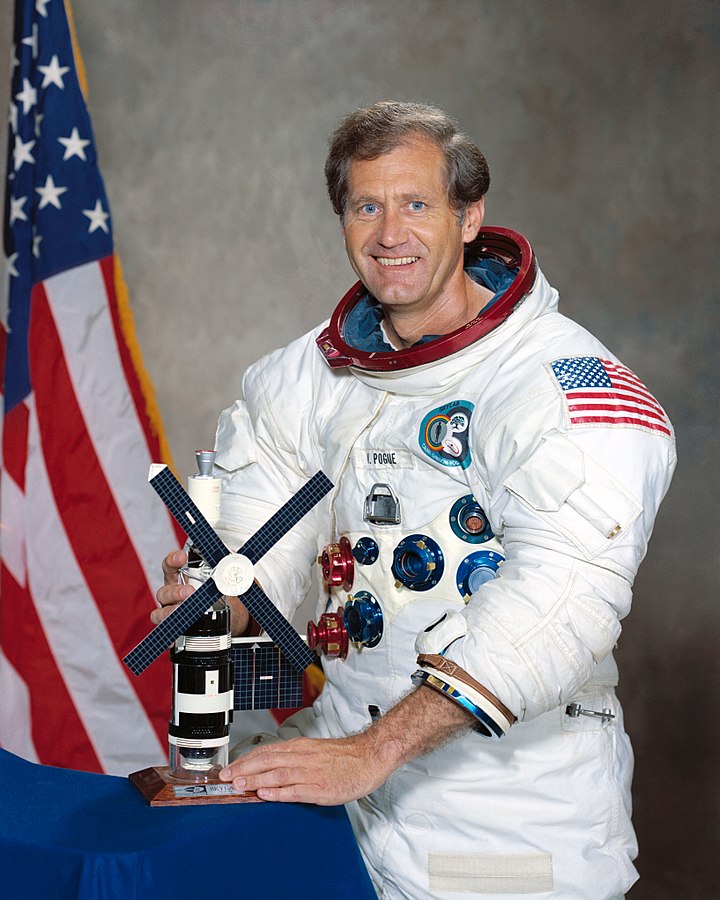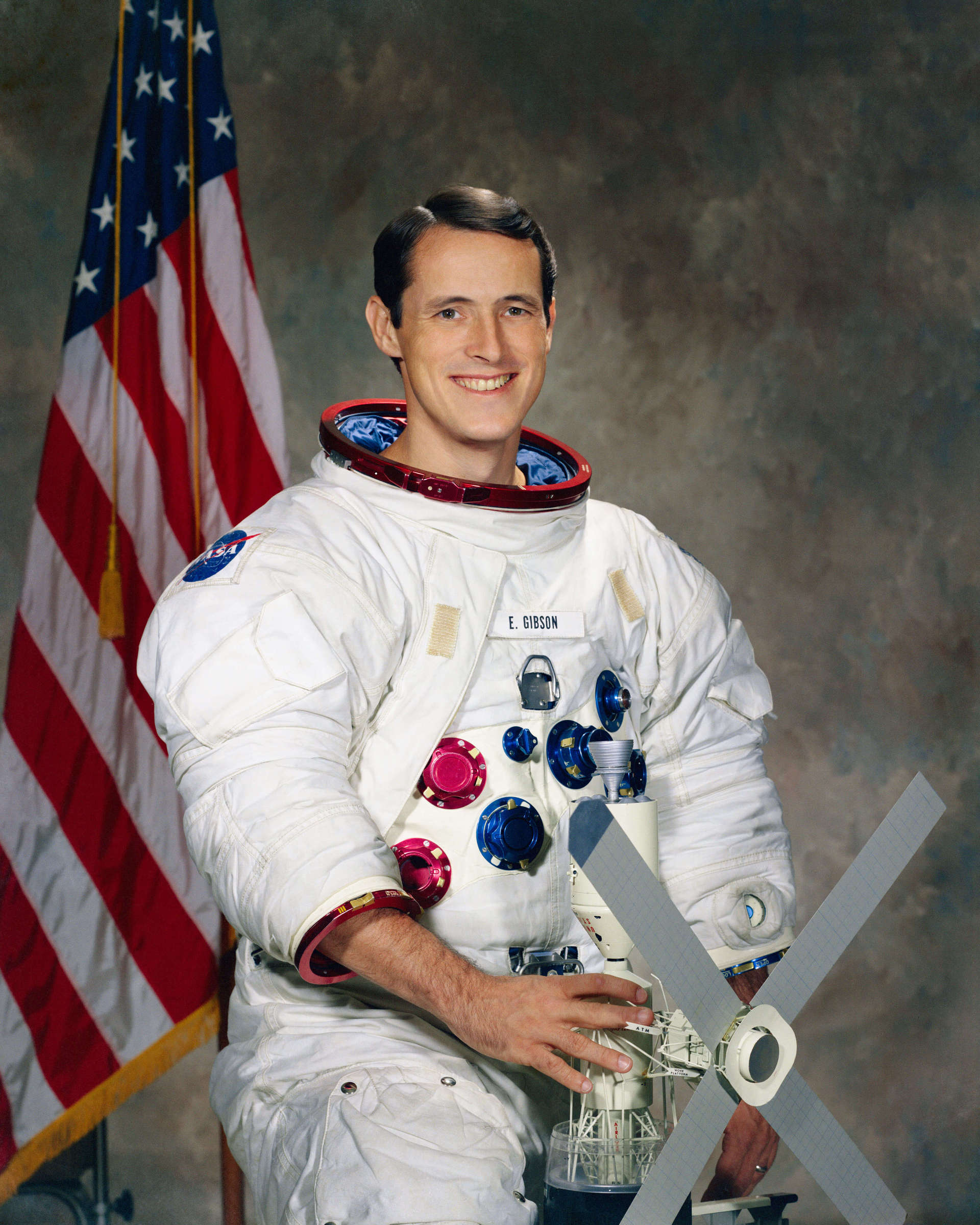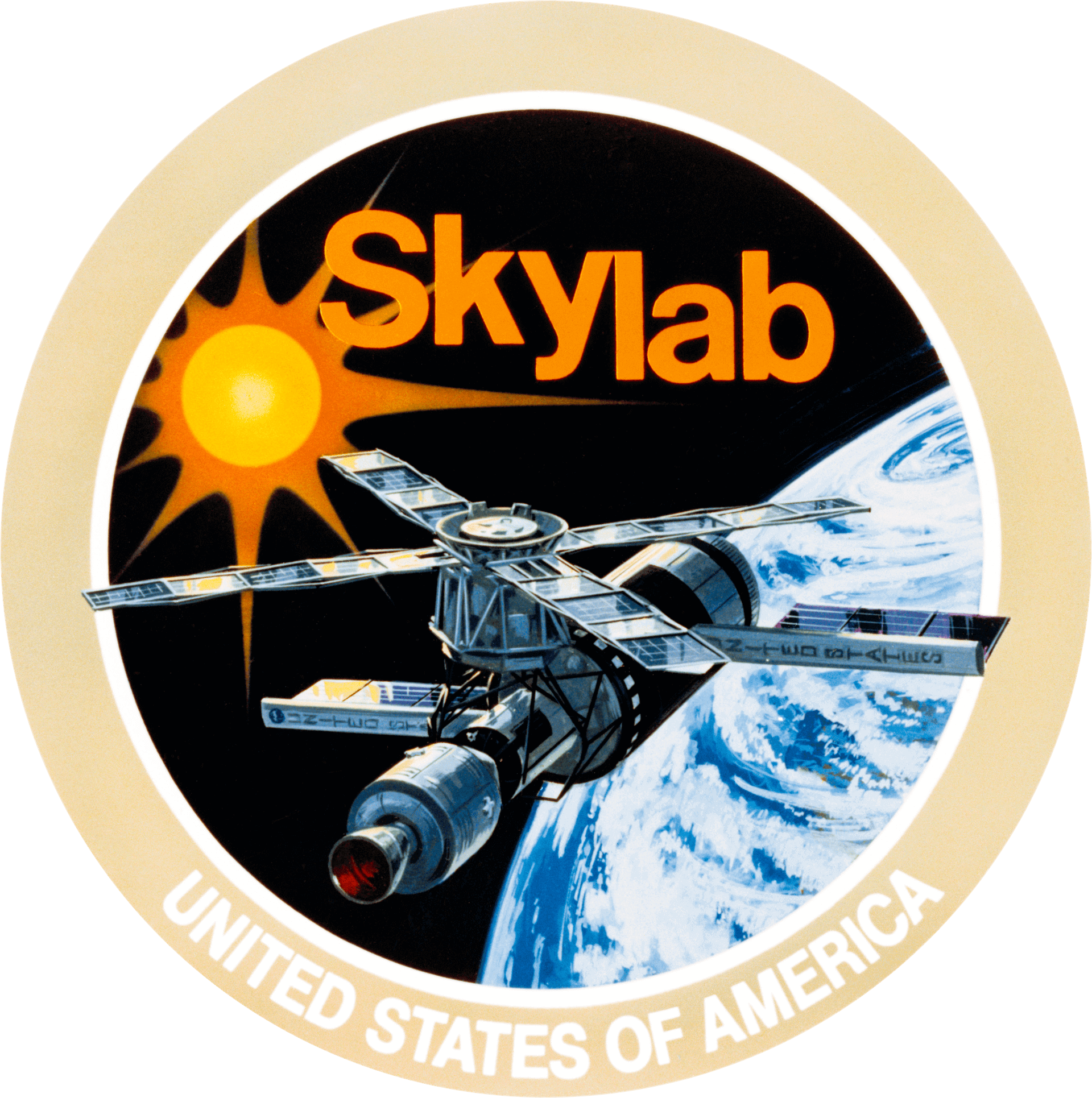Saturn IB | Skylab 4
Launch Complex 39B
Kennedy Space Center, FL, USA
T?
--
Days
:
--
Hours
:
--
Mins
:
--
Secs
Date Loading...
National Aeronautics and Space Administration
The National Aeronautics and Space Administration is an independent agency of the executive branch of the United States federal government responsible for the civilian space program, as well as aeronautics and aerospace research. NASA have many launch facilities but most are inactive. The most commonly used pad will be LC-39B at Kennedy Space Center in Florida.
Skylab 4
Skylab 4 (also known as SL-4 or SLM-3) was the third and the last crewed mission to the first US orbital space station Skylab. The mission began on November 16, 1973, 14:01:23 UTC with the launch of a three-person crew. Crew members were the Commander Gerald P. Carr, Science Pilot Edward G. Gibson and William R. Pogue. During their 83-day stay on the station, crew performed Earth and solar observations. The mission ended successfully with the splashdown in the Pacific Ocean on February 8, 1974, 15:16:53 UTC.
Apollo CSM-118
Serial CSM-118
Launch Crew Count 3
Status Single Use
Landing Time 1974-02-08T15:16:53+0000
Crew
Gerald P. Carr
Commander
Nationality American
Date Of Birth 1932-08-22
Deceased 2020-08-26
Status Deceased
Type Government
William R. Pogue
Pilot
Nationality American
Date Of Birth 1930-01-23
Deceased 2014-03-03
Status Deceased
Type Government
Edward Gibson
Science Pilot
Nationality American
Date Of Birth 1936-11-08
Status Retired
Type Government
Saturn IB
Height 43.20 Meters
Max Stages 2
Mass To GTO 0 kg
Liftoff Thrust 7100 kN
Diameter 6.61 Meters
Mass To LEO 21000 kg
Liftoff Mass 590 Tonnes
Launch Success 9
Consecutive Success 6
Maiden Flight 1966-02-26
Launch Failures 1
Programs
Skylab
Skylab was the first United States space station, launched by NASA, occupied for about 24 weeks between May 1973 and February 1974. It was operated by three separate three-astronaut crews: SL-2, SL-3 and SL-4. Major operations included an orbital workshop, a solar observatory, Earth observation, and hundreds of experiments.
